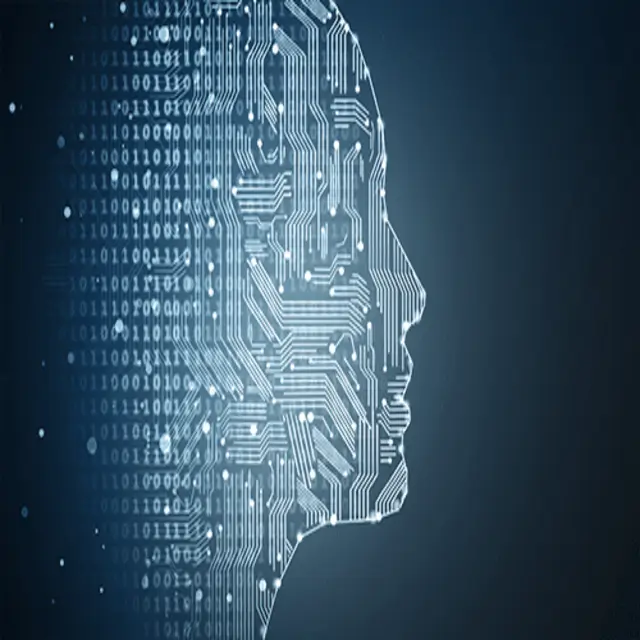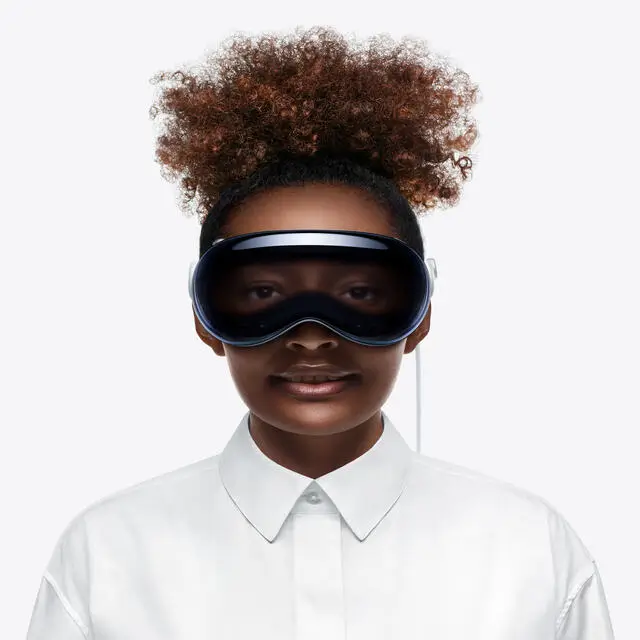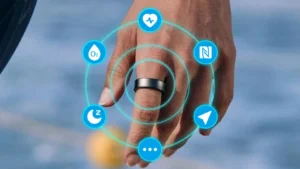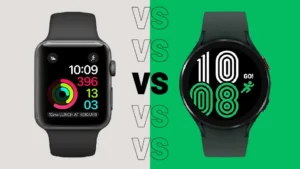You might have heard of flying cars, time machines, or robots that read your mind. For decades, these ideas lived in science fiction. But now, some of them are becoming real.
I recently discovered how BCIs are becoming part of everyday life for regular people like me. And the thrilling thing is that you might be using one sooner than you think.
What Exactly Is a Brain-Computer Interface?
A Brain-Computer Interface (BCI) is a system that enables direct communication between the brain and an external device—like a computer, tablet, or robotic limb. It works by detecting brain activity and converting those signals into digital commands.
That means you can do things like:
Type just by thinking
Select options with eye focus or mental intent
Move a cursor without touching a mouse
It sounds futuristic—but it’s already happening.

The Latest Breakthroughs in BCI
1.Synchron’s BCI: Controlling Devices with Brain Signals
Did you know people with severe paralysis can now control devices like tablets using only brain signals? This relies on the Stentrode implant developed by Synchron Company.(Stentrode is a brain-computer interface device placed in a blood vessel near the brain’s motor cortex.)
2.Synchron BCl x NVIDIA x Apple Vision Pro
Users implanted with Synchron’s BCI can control iPhone, iPad and Apple Vision Pro directly with their thoughts without the need for physical movement or voice commands.
In a video on youtube, a ALS patient even uses Apple Vision Pro to feed pets, control smart furniture and send text messages to his wife.
3. Non-Invasive Headsets Are Already Here
You don’t need brain surgery to try BCI. Companies like Neurable, Emotiv, and OpenBCI offer non-invasive EEG headsets that measure brain activity through the scalp. These devices let you:
Play video games with your mind
Improve focus and meditation through neurofeedback
Interact with AR/VR environments
How Ordinary People Use BCIs
You might wonder how close BCI technology is to your own life. I’m not a neuroscientist, and I’ve never worked in a lab. But here’s what I’ve tried personally or seen others do with brain-computer interfaces:
Focus Training for Productivity
I use the Muse 2 headband (about 250$) to monitor concentration. It vibrates gently when I get distracted.
Gaming with Your Brain
Device like NeuroSky MindWave (about 130$) let you race or control characters using real-time brainwaves.
Mental Wellness and Relaxation
Tools like Melomind use EEG to guide meditation and help reduce stress.
All of these are designed to make spatial computing devices more accessible to a wider range of users.
When it comes to accessible interaction solutions, eye tracking is another key approach alongside BCI. While BCI enables more complete “hands-free interaction” by interpreting brain signals, eye tracking relies on the physical movement of the eyes,and the Apple Vision Pro uses eye tracking and hand gestures.
BCI is no longer isolated tech—it’s merging with AR, wearables, and AI to become more intuitive and accessible.
Try BCI Yourself: No Surgery Needed
You don’t need a brain implant to experience BCI. You just need curiosity. Here’s how to start:
Use a BCI Headset at Home
Neurable (about 599$) – Real-time EEG headset for games and apps
Emotiv Insight (about 499$) – Consumer EEG with emotion tracking and mental commands
Muse 2 – Brainwave-sensing headband for mental health
Experience Apple Vision
Besides BCI,you can experience Apple Vision Pro for Free
Even if you don’t own one, you can experience Apple Vision Pro for free at selected Apple Stores worldwide. These one-on-one demos—bookable via Apple’s website — run around 30-45minutes. The Apple Vision Pro costs between $5,299 and $6,118—but you don’t need to buy one. All you have to do to experience it is book a demo.
When I stepped into the Apple store and show my appointment,a Specialist helps calibrate the headset for my face and vision to ensure my experience is crisp and comfortable.

I learned 2 core controls:Eye tracking — just look at something to highlight it;Gesture — pinch fingers to select.
The visual effects were extremely stunning. I experienced panoramic photos of some glaciers, lakes, wild climbing and hot air balloons in an immersive way, feeling as if I were right there.
I also watched the reunion videos of a family, which touched me deeply. The picture texture was real. It seemed that I could interact with them and touch the people opposite and beside me with just a stretch of my hand. This made me think of my family. I feel that this invention is full of warmth. With the Apple Vision Pro, even if I’m not by my family’s side, It seems as if they are chatting face to face with you.
Explore Brain-Boosting Apps
FocusCalm, NeuroSky, NeuroRacer – Train focus, reaction speed, and mental stamina
Mind Monitor – Visualize your brainwaves in real time
BrainControl – Clinical BCI platform for people with severe disabilities
Bioinformatics and Brain Privacy: What Happens to Your Thoughts?
When using a new technology, you must be wondering about its privacy,Let’s talk about this.
BCIs generate incredibly personal data—your emotional states, cognitive patterns, attention span, and even intent. This isn’t just data. It’s you.
Key Risks:
Data Ownership – Who owns your brain data: you or the company?
Mental Profiling – Could advertisers or insurers make decisions based on your thoughts?
Security – Brain signals are difficult to anonymize and uniquely identify individuals
Prediction and Manipulation – AI could predict your decisions before you’re even aware of them
Who’s Protecting You?
A few early safeguards exist:
GDPR (in the EU) includes neural data under sensitive personal data laws
The NeuroRights Initiative and IEEE are advocating for global standards on mental privacy, identity, and cognitive liberty
What You Can Do Now
Read the Privacy Policy: I know, boring. But essential—look for phrases like “sell to third parties” or “data anonymization.”
Use Offline Mode: Some EEG apps allow local use only. Stick to these for sensitive sessions like meditation or therapy.
Choose Transparent Tools: Support BCI companies that publish privacy commitments, open-source their code, or offer full data export options.
The BCI Future Is Personal
Whether you are a student or someone about to retire, a freelancer or an office white-collar worker, a boss or a supermarket salesperson… Brain-Computer Interfaces are no longer science fiction. They’re here—and growing more accessible to everyone.
So if you want to experience BCI or eye tracking starting now, try booking a demo of the Apple Vision Pro. You’re not behind. You’re exactly on time.





